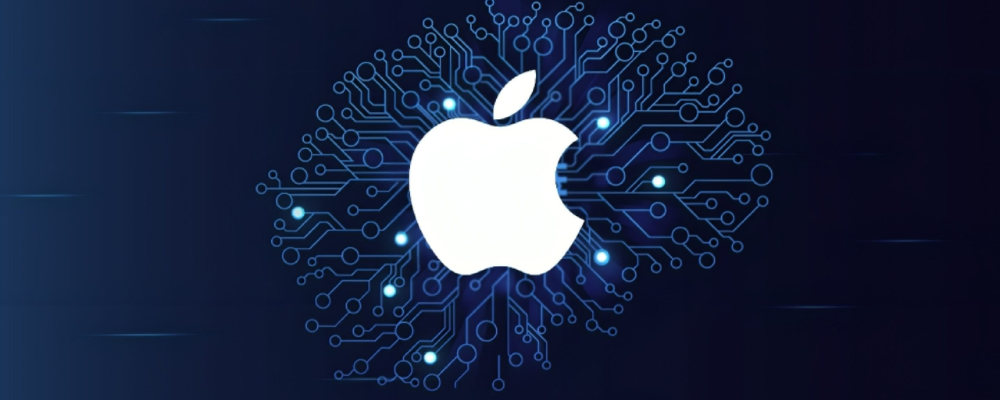
Apple has made a significant change in its technology strategy. The company is now using Google’s tensor processing units (TPUs) instead of Nvidia GPUs to train its advanced AI models. This decision, detailed in a recent research paper, highlights Apple’s choice to use Google’s cloud infrastructure for AI development.
Why Apple Chose Google’s TPUs
Apple’s decision to use Google’s TPUs is noteworthy. Nvidia has long been a leader in AI processors. However, Google’s TPUs provide a strong alternative. Apple used 2,048 TPUv5p chips for AI models on iPhones and other devices. Additionally, 8,192 TPUv4 processors were deployed for server AI models (Money BSE) (WTVB).
Google’s TPUs are specifically designed for AI tasks. They offer high efficiency for training large-scale AI models. By using these chips, Apple can take advantage of advanced chip technology tailored for deep learning.
Impact on the AI Industry
Apple’s move to Google’s TPUs highlights a shift in the AI hardware landscape. While Nvidia has been dominant, Google’s TPUs present a viable alternative for large-scale AI training. This change could indicate a broader trend toward more diverse AI hardware solutions.
Benefits of Google’s TPUs
- Performance Efficiency: Google’s TPUs are optimized for tensor processing, crucial for deep learning. Thus, they are highly effective for complex AI model training.
- Scalability: The large clusters of TPUs allow for scalable AI model training. This is essential for handling the growing demands of AI systems.
- Cost-Effectiveness: Google’s cloud infrastructure is often more cost-effective than physical hardware investments. It offers a flexible and scalable solution for AI development.
Enhancing AI Capabilities
This shift aligns with Apple’s goal to integrate advanced AI features into its products. Recently, Apple introduced new AI functionalities, including OpenAI’s ChatGPT technology in its software (WTVB). These advancements aim to provide a more intuitive and personalized user experience.
For example, integrating ChatGPT can significantly enhance Siri’s capabilities. This makes Siri a more versatile and responsive digital assistant. Consequently, users will benefit from a more refined and intelligent interaction with their devices.
Gaining a Competitive Edge
By choosing Google’s TPUs, Apple gains a competitive advantage in AI technology. The performance and scalability of TPUs allow Apple to train more sophisticated AI models quickly and efficiently. This advantage is crucial as AI continues to influence technological progress and user experiences.
Industry-Wide Implications
Apple’s use of Google’s TPUs may prompt other tech companies to explore alternative AI hardware solutions. As AI processing demands increase, companies might look for the most efficient and cost-effective options. This trend could lead to greater competition and innovation in the AI hardware market. Ultimately, consumers could enjoy more advanced and affordable AI technologies.
Looking Ahead
Apple’s collaboration with Google in using TPUs for AI model training opens new possibilities. This partnership enhances Apple’s AI capabilities and demonstrates the potential of Google’s TPUs. As AI technology evolves, such collaborations will be crucial in driving innovation and shaping the future of the tech industry.
Conclusion
Apple’s choice to leverage Google’s chips for advanced AI model training is a major milestone. By opting for Google’s TPUs, Apple improves the efficiency and scalability of its AI development. This move sets a new precedent for future technology collaborations.
This shift underscores the evolving AI hardware landscape. The growing importance of cloud-based solutions is driving technological advancements. As Apple integrates advanced AI capabilities, the impact of this decision will be closely observed by industry experts and tech enthusiasts.







